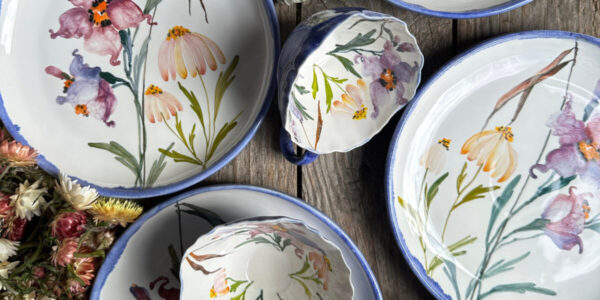
You’re Not Planting Enough Herbs—6 Ways to Supercharge Your Harvest
How to celebrate the herbaceous arrival of spring.
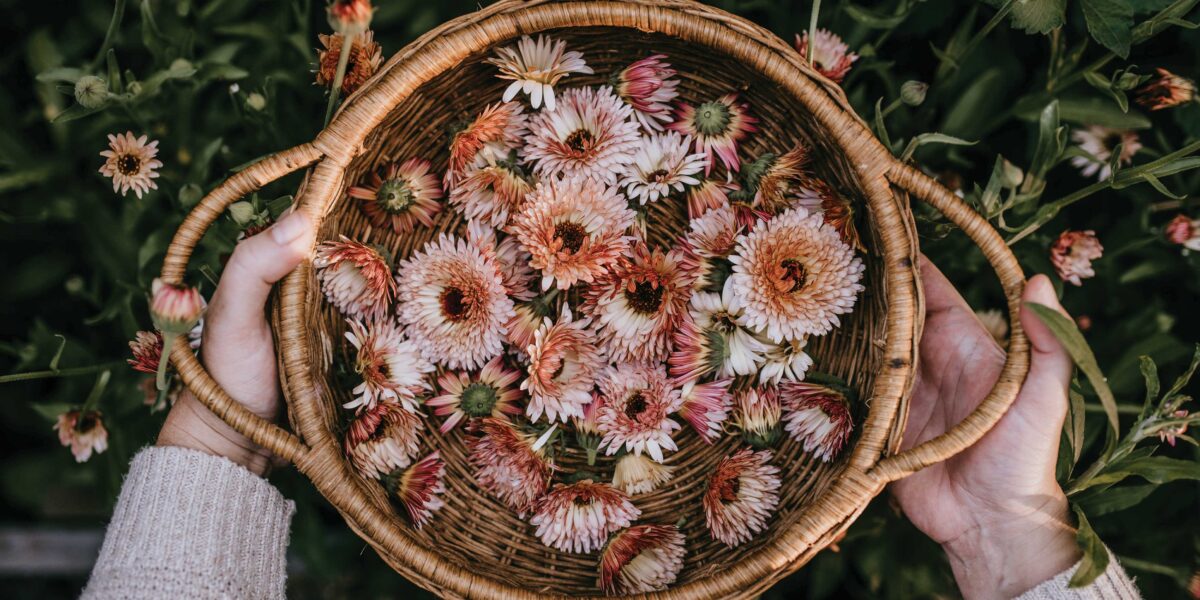
In Jess Buttermore’s new book, Seasonal Living with Herbs, she encourages gardeners to delight in the herbs specific to each season while savoring their flavors and using them to create stunning crafts. From cultivating your own collection to preserving their essence for both medicinal and home use, here’s how to celebrate the herbaceous arrival of spring.
Spring Staples
It’s hard for any gardener to choose favorites, but when it comes to powerhouse plants that will give you the greatest return, Jess shares her four go-to and easy-to-grow herby hard-hitters that you can incorporate into your garden or homemade remedies now.
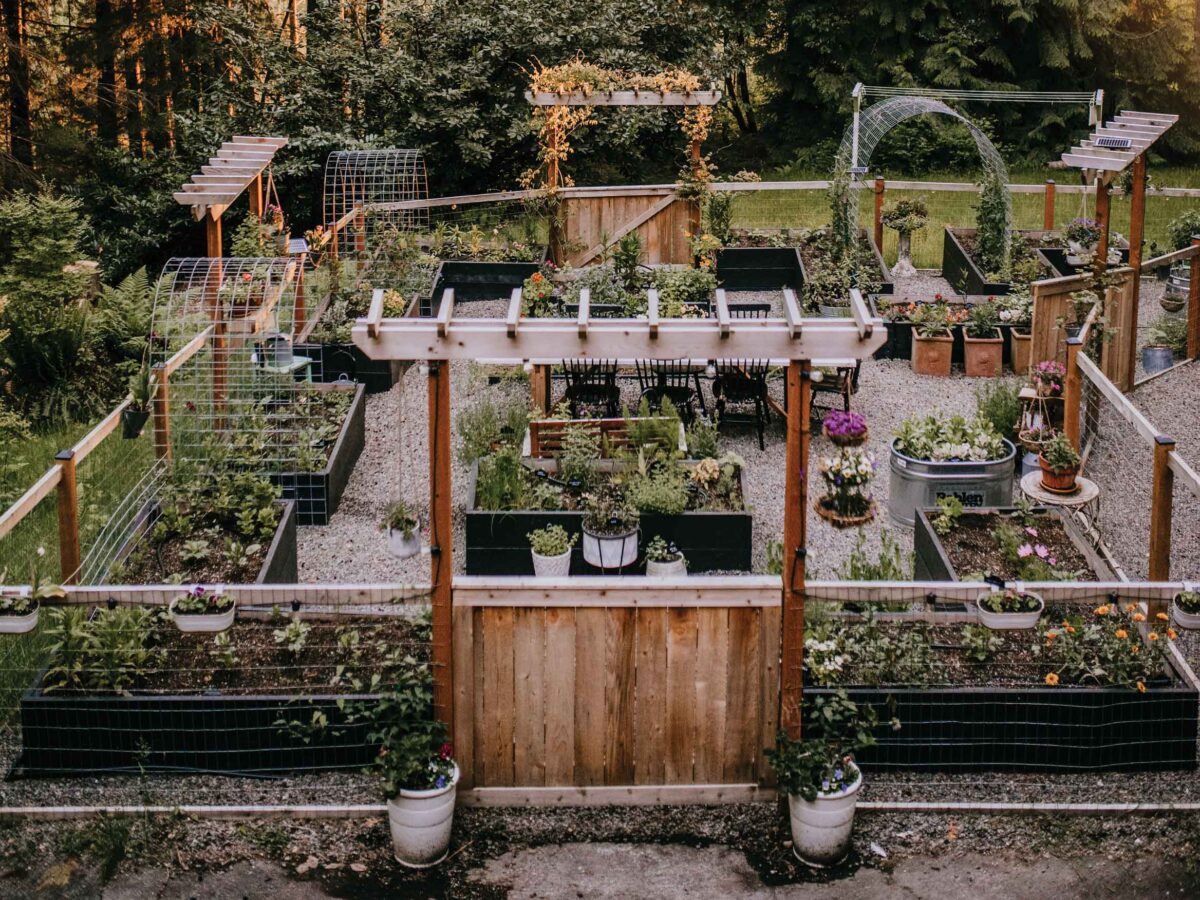
Reprinted with permission from Seasonal Living with Herbs Copyright © 2024 by Jess Buttermore. Published by Yellow Pear Press, a division of Mango Publishing Group, Inc.
Nasturtium: Quick to germinate in any soil type, their gorgeous lily pad-shaped leaves and vibrant blooms are antibacterial, anti-inflammatory, and can be used to soothe lingering spring colds and sore throats. Interplant with other crops as a beautiful double-duty pollinator attractor and pest deterrent. Not only do they add a spicy kick to spring salads or vinaigrettes, but their orange blooms are also a natural dye, turning fabrics and fibers a lovely shade of pale salmon pink.
Lavender: With uses so wide-reaching that it is often referred to among herbalists as the “Swiss Army Knife of Essential Oils,” lavender’s sweet, calming, and uplifting fragrance is commonly known for its aromatherapy properties. Tuck lavender under pillows or in linen drawers, add dried to arrangements, or steep into a fantastic simple syrup for spring cocktails and spritzes.
Lemon Balm: A pretty plant with green heart-shaped leaves, it’s also a heavy-duty natural insect repellent, deterring cabbage moths, mosquitoes, and gnats. Grow this perennial in a pot and easily move to patios and tabletops in the summer to keep mosquitos at bay. Add fresh leaves as an infusion for refreshing iced drinks or make candied lemon balm to sprinkle as an unexpected pop of flavor over baked goods. It can also be a rejuvenating and fragrant addition when added to herbal shower bundles, bath soaks, and floral arrangements.
Rosemary: With a long list of medicinally beneficial attributes, including astringent properties, rosemary is believed to naturally improve memory and enhance circulation, while reducing anxiety, exhaustion, and migraines. In the garden, rosemary is deer- and rabbit-resistant, making for a natural protective border keeping other tender plantings safe from nibbling intruders. Jess uses this herb as an essential ingredient for many of her recipes, including an unexpected combo with rose for the Secret Garden potion and botanical fire starters found in her book.
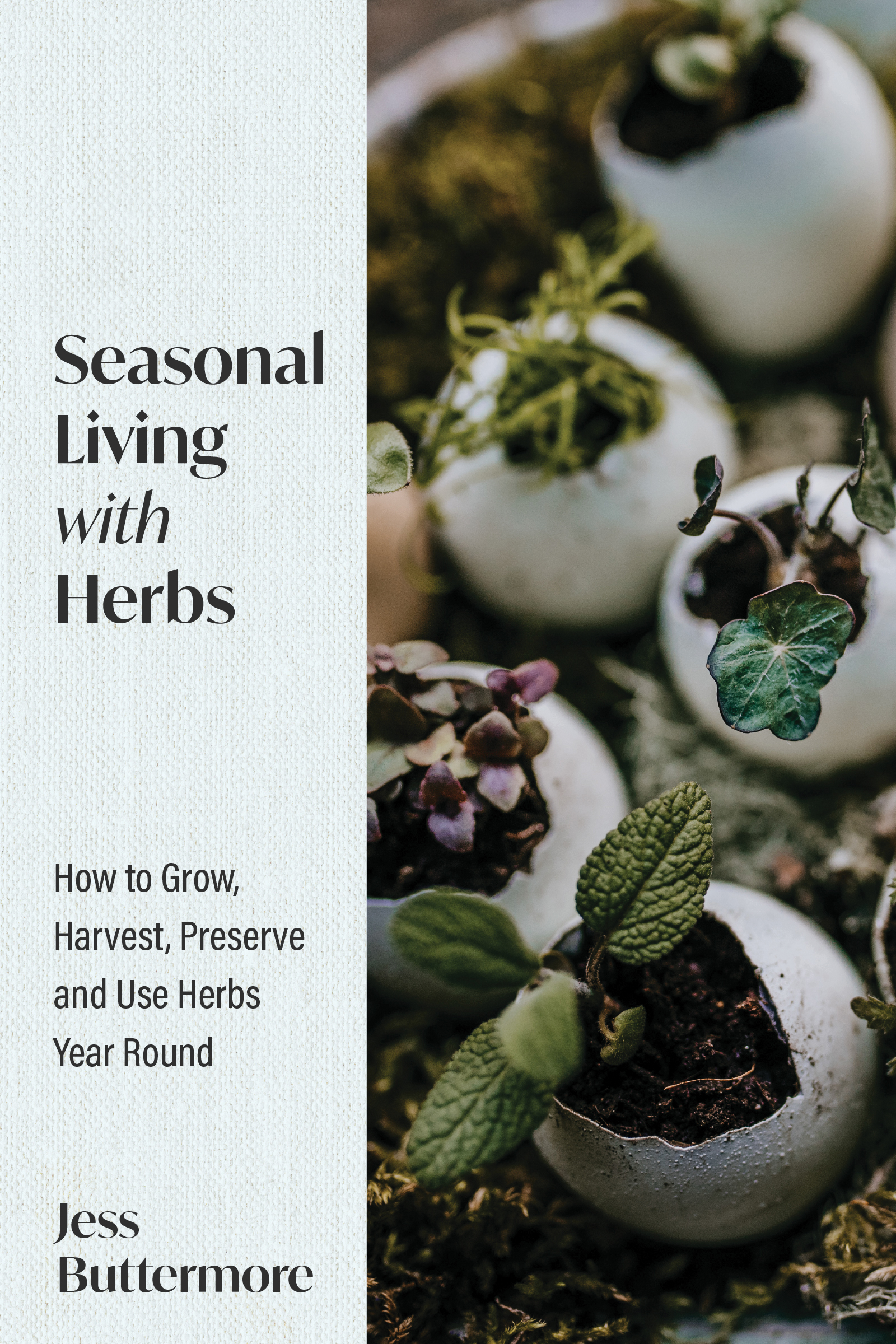
Reprinted with permission from Seasonal Living with Herbs Copyright © 2024 by Jess Buttermore. Published by Yellow Pear Press, a division of Mango Publishing Group, Inc.
Cultivating Curiosity & Calm
No matter where you are in your personal garden journey, Jess believes there are exciting things to discover in the world of herbs for beginners and masters alike. For those new to plot-tending and understanding plant purposes, Jess recommends creating a strong connection between your personal needs and what herbs you can grow to support those needs. Suggesting “If you experience anxiety, consider growing a medicinal garden containing borage, chamomile, lavender, lemon balm, mint, rosemary, and sage. However, if you’re seeking skin relief with issues such as eczema, filling your beds with calendula, bee balm, borage, lavender, and nasturtium will provide you with the ingredients you need to create healing products and remedies.”
For the experienced gardener, Jess encourages you to ask yourself this question: Do you allow your garden to teach and heal you? Adding “my garden has taught me patience, persistence, and mindfulness, oftentimes helping to lessen the symptoms associated with my anxiety and burdens weighing heavy on my heart. Even today, as my garden feels less like a new adventure and more like an old friend, it continues to shape, steady, and inspire me. It whispers to my heart and encourages me to stop and enjoy the present.”
Even if you don’t quite have a clear vision on how you will use your garden herbs at the start of the season, the act of planting and tending to them while spending time simply observing the life around you will be a plethora of health benefits all their own. Here’s to slowing down this spring to appreciate your garden as a space of peace and tranquility that will be endlessly rewarding and nurture you in return.
Harvesting How-Tos
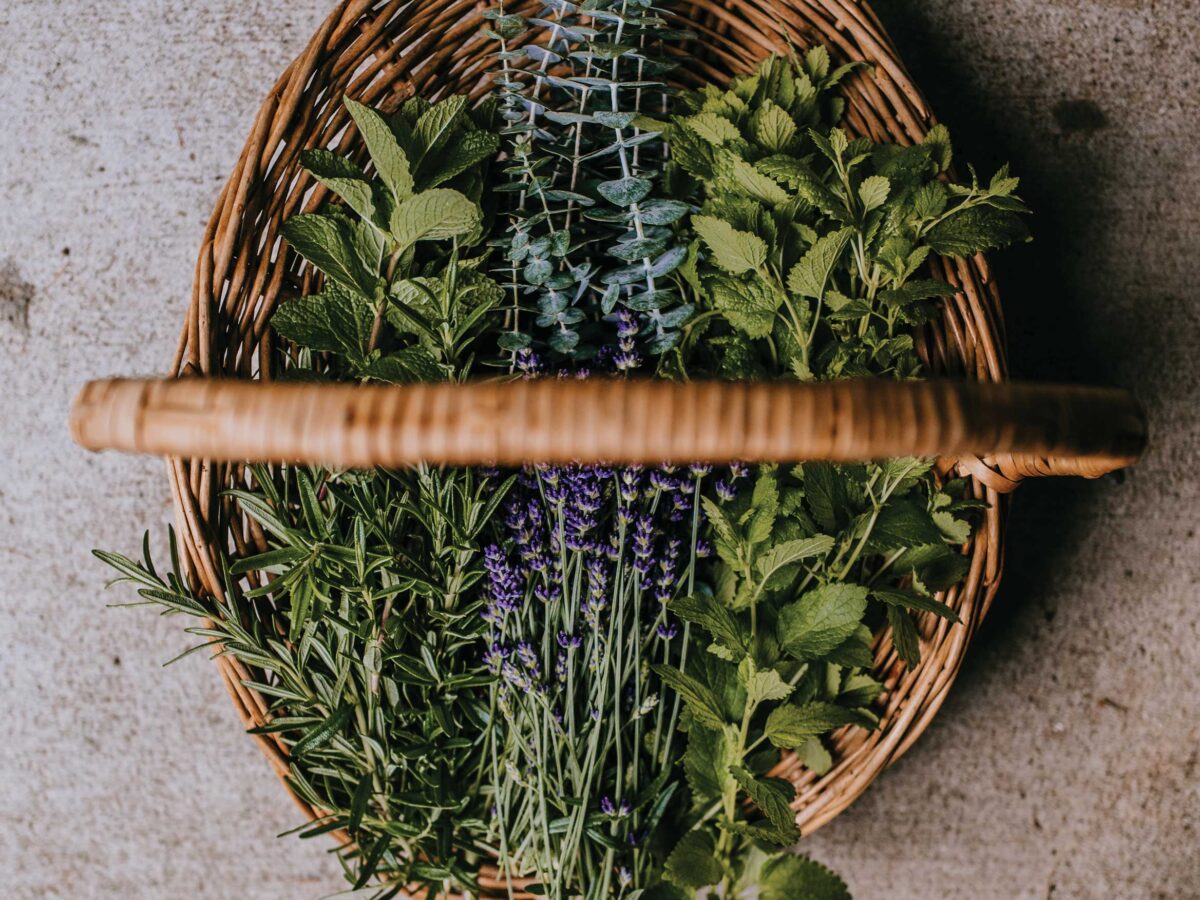
Reprinted with permission from Seasonal Living with Herbs Copyright © 2024 by Jess Buttermore. Published by Yellow Pear Press, a division of Mango Publishing Group, Inc.
Every herb has an ideal harvesting time and Jess says the key is to fully understand the herb in question, rather than to adhere to a date on a calendar. While the general rule for harvesting is to do so in the morning after the dew has evaporated but before being exposed to warm direct sunlight, paying attention to where the herb is in its life cycle also plays an important role in timing the harvest for the greatest flavor or highest potency of medicinal properties.
When it comes to flowering herbs, bee balm should be harvested as soon as its flowers start to turn color, whereas calendula blossoms should be harvested when their flowers are half opened (or just opened for the day). When harvesting leafy herbs, choose more mature leaves to snip, as they will contain a stronger, more pungent flavor than younger leaves. Also consider how the herb will be used. Where fresh herbs are always preferred for culinary application, dried herbs are better for self-care applications so that unwanted moisture is not added to the products, risking bacterial growth. By taking the time to know your individual plants and learning how they can perform best both in your garden and once harvested, you’ll unlock a rhythm and routine that will be beneficial for both herbs and humans alike.
